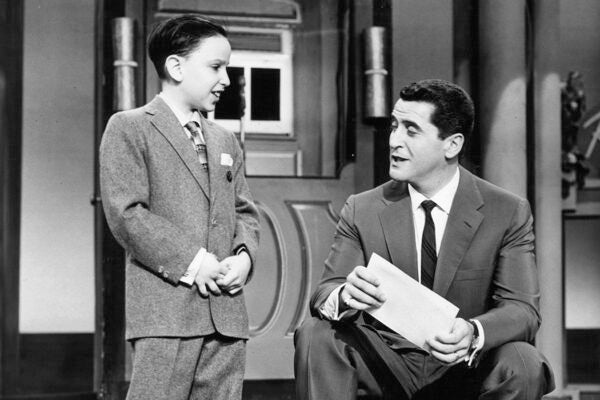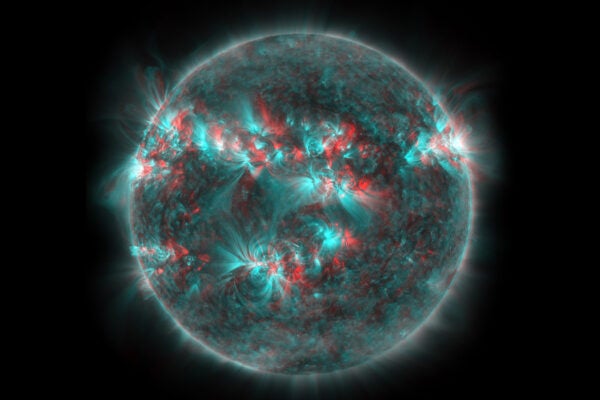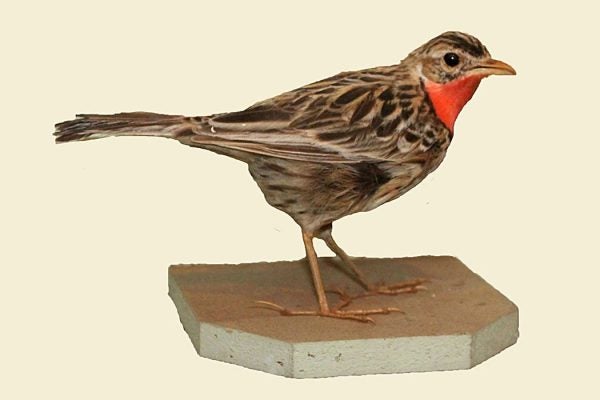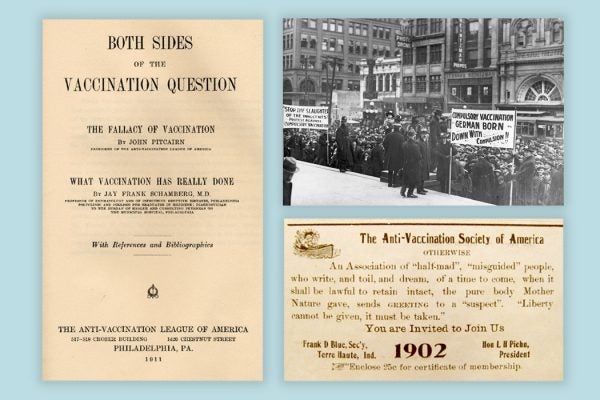Explaining GRB 221009A, the Greatest Cosmic Explosion Humanity Has Ever Seen
The brightest gamma-ray burst ever observed, GRB 221009A behaved in unexpected ways that might help us understand how they occur.
The Invention of the Gifted Child
The National Defense Education Act of 1958 meshed with white anxiety about the desegregation of schools.
The Carrington Event of 1859 Disrupted Telegraph Lines. A “Miyake Event” Would Be Far Worse
We don't know what causes Miyake events, but these great surges of energy can help us understand the past—while posing a threat to our future.
Laura Bassi, Enlightenment Scientist
The Italian physicist and philosopher was the first woman to earn a doctorate in science and the first salaried female professor at a university.
Edmund Dulac’s Fairy Tales Go to War
One of the best-known illustrators of the “golden age of children’s gift books,” Dulac was also a subtle purveyor of Allied propaganda during the Great War.
Imperial Science and the Company’s Museum
The East India Company’s London museum stored the stuff of empire, feeding the growth of new collections-based disciplines and scientific societies.
Hot Air Balloon Launch Riot!
In the early days of ballooning, launches were prone to failure. When failure looked imminent, the crowd’s mood would begin to turn.
Why the History of Science Should Matter to Scientists
Two historians consider the field of taxonomy to ask what history can provide science at the bench level.
How Ornithologists Figured Out How to Preserve Birds
A very nineteenth-century-science problem: lots of decaying avian specimens.
Vaccine Hesitancy in the 1920s
As Progressive Era reforms increased the power of government, organized opposition to vaccination campaigns took on a new life.









